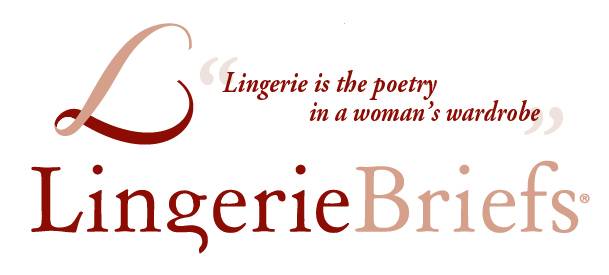Is Your Buying Strategy Hurting Your Business?
By Ali Cudby
In preparation for the New Year and the upcoming shows, it’s a good time to take a look at your buying strategy. Is it working for you? Could it use a tune-up? Is your buying strategy hurting your business?
Some stores function without a buying strategy. Those stores are certainly putting themselves at risk every time they go to Market. Even stores that have a strategy for buying need to take time each year to reassess how the strategy worked in the previous year and plan for what’s coming.
In this series of articles in Retail Briefs, we will take a look at what it means to have a buying strategy and how it can help your business.
A buying strategy – at first glance – seems relatively simple. It is a plan for approaching the Market. In other words, a classic Open to Buy plan, with a six-month sales projection of planned sales, inventory requirements for those planned sales and the receipts to be acquired to keep stock where a store needs inventory levels to be to generate those sales.
Nothing to it, right?t
What seems relatively simple on its face becomes more complex once Open to Buy (OTB) is further broken down into categories. Some categories might be:
- Bras
- Bottoms
- Sleep
- Shapewear
- Swim
- Adult
- Lounge
- Accessories
But that’s not all, folks!
From there, categories are further broken down and assessed across vendors, visual impact, color story, etc. And all of that gets brought back to your customer profile.
All of this is brought back to your budget.
Because buying is (or should be) a process steeped in strategy and analysis, Ellen Lewis recommends that retailers, “never spend money in the market. It’s a mistake to write unless you’re 100% sure you’re writing for a product you absolutely need and need fast. But those orders should be exceptions. It’s too easy to get swept up in the moment at the shows, but what you have to do is work against your plan. Once you step back, you may realize that you like 40 bras but can only really make room for eight.” A buying strategy helps you avoid buying mistakes that throw off your inventory and cost you money.
Let’s take a single example – color as a visual in your store. Each season there are a few “go to” colors, and you’ll want to decide how those colors play in your store.
Which color are you going to choose?
And who are you buying it from?
In which style(s)?
In what size range?
Smart companies take the time to plan it all out to ensure they have everything needed for each month.
Show Me The Money
All of the planning ties back to the money available to a store, and how that money is broken out for buying.
The biggest upsides of having a robust Buying Strategy are faster inventory turn, more streamlined inventory and a better understanding of what works. Your buying goes directly to your bottom line, as Lewis says, “If you’re turning inventory too fast, you’re missing business, and if you’re slow, it’s an indication of too many buying mistakes.”
Keeping stock on plan also means you can reassess your buying every month. If you buy everything up front, there’s no room to maneuver – you don’t have new stock to put out, which makes your store look stale.
Of course, it’s crucial to change your floor around and re-merchandise so everything looks new, but nothing beats having new product to showcase, and a buying strategy means there’s always something new and exciting coming in the door.
Going forward, we will dig deeper into Open to Buy, markdown strategies and SKU analysis – all in preparation for the shows this winter. Stay tuned for our next article on December 23rd!


